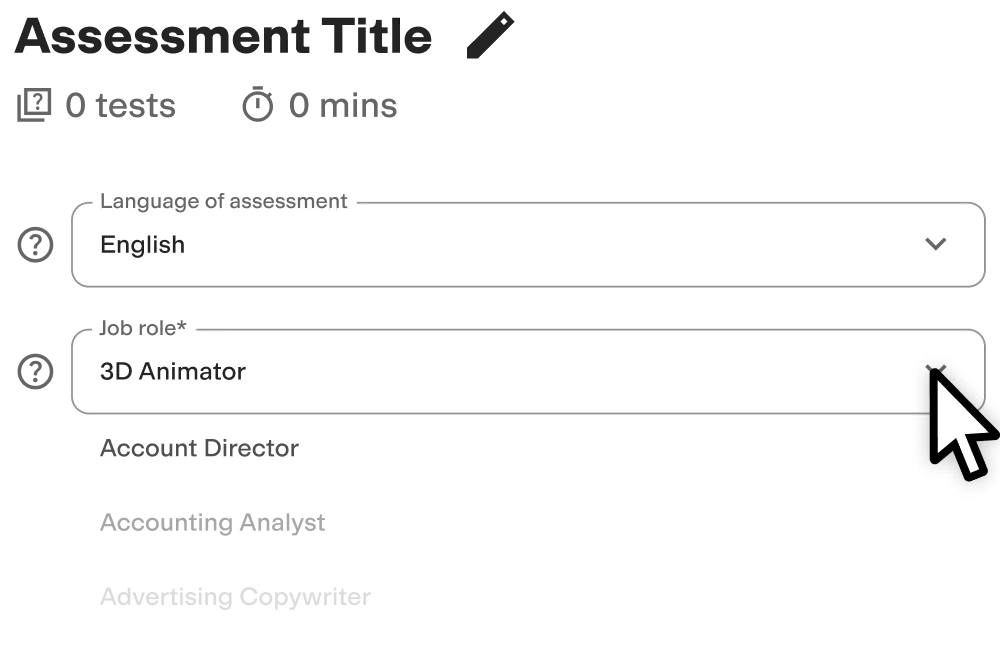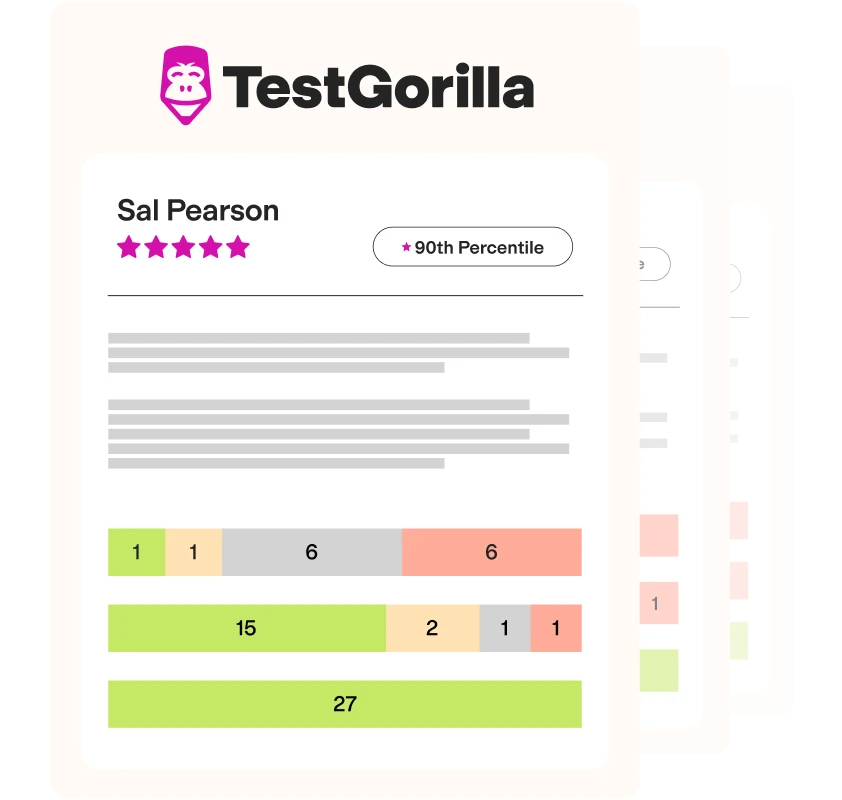Swedish B1 (Intermediate) test
Summary of the Swedish B1 (Intermediate) test
The Swedish B1 (Intermediate) test evaluates a candidate’s Swedish proficiency at the B1 level of the CEFR framework. This test will help you hire employees who can communicate in Swedish on subjects commonly encountered at work and in everyday life.
Covered skills
Grammar & Vocabulary
Sentence composition
Reading comprehension
Listening comprehension
Use the Swedish B1 (Intermediate) test to hire
Customer support agents, sales representatives, and other employees that need an intermediate level of Swedish to perform well in their roles.
About the Swedish B1 (Intermediate) test
Employees with the ability to communicate in Swedish at the intermediate level will help improve your company’s internal and external communications by removing language barriers and improving the flow of information and collaboration among colleagues and to and from customers.
The Swedish B1 (Intermediate) test evaluates a candidate’s ability to communicate at the B1 level of the Common European Framework of Reference (CEFR) for Languages. The test evaluates candidates in the areas of grammar and vocabulary, sentence composition, reading comprehension, and listening comprehension.
Employees who can speak the Swedish language at an intermediate level can communicate with customers, colleagues, and other stakeholders comfortably around daily situations that can arise in the workplace.
The texts and sentences used in the test mimic real-life situations at work and everyday life. Those who score well on this test will be able to understand simple, connected sentences on topics that are generally familiar.
The test is made by a subject-matter expert
TestGorilla’s tests are created by subject matter experts. We assess potential subject-matter experts based on their knowledge, ability, and reputation.Before being published, each test is peer-reviewed by another expert, then calibrated using hundreds of test takers with relevant experience in the subject.
Our feedback mechanisms and unique algorithms allow our subject-matter experts to constantly improve their tests.
Tobias N.
Holding a Master’s in Education from Jönköping University, Tobias has taught social studies and religious studies. He has been working for four years as a special needs teacher for upper secondary school students with intellectual disabilities, teaching communication.
When he is not teaching, Tobias keeps himself busy by editing, proofreading, and translating in one of several languages he speaks fluently, including English, Russian, Ukrainian, and Swedish.
Use TestGorilla to hire the best faster, easier and bias-free
Our screening tests identify the best candidates and make your hiring decisions faster, easier, and bias-free.
Create high-quality assessments, fast
Building assessments is a breeze with TestGorilla. Get started with these simple steps.
FAQs
View a sample report
The Swedish B1 (Intermediate) test will be included in a PDF report along with the other tests from your assessment. You can easily download and share this report with colleagues and candidates.




